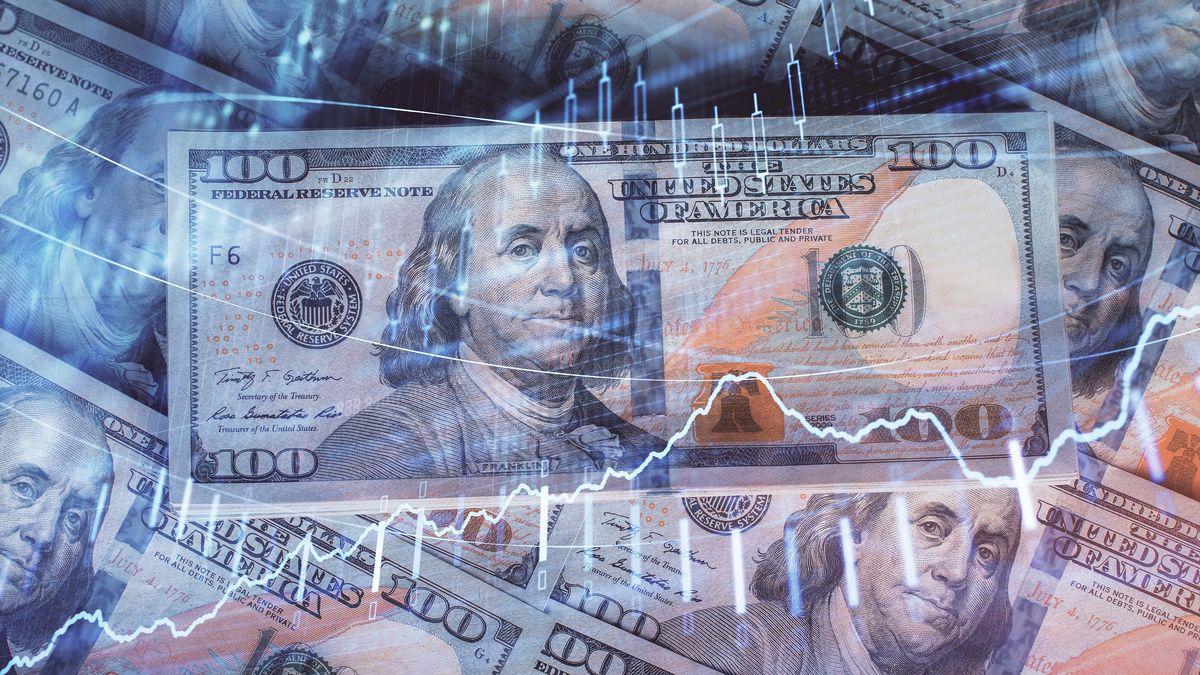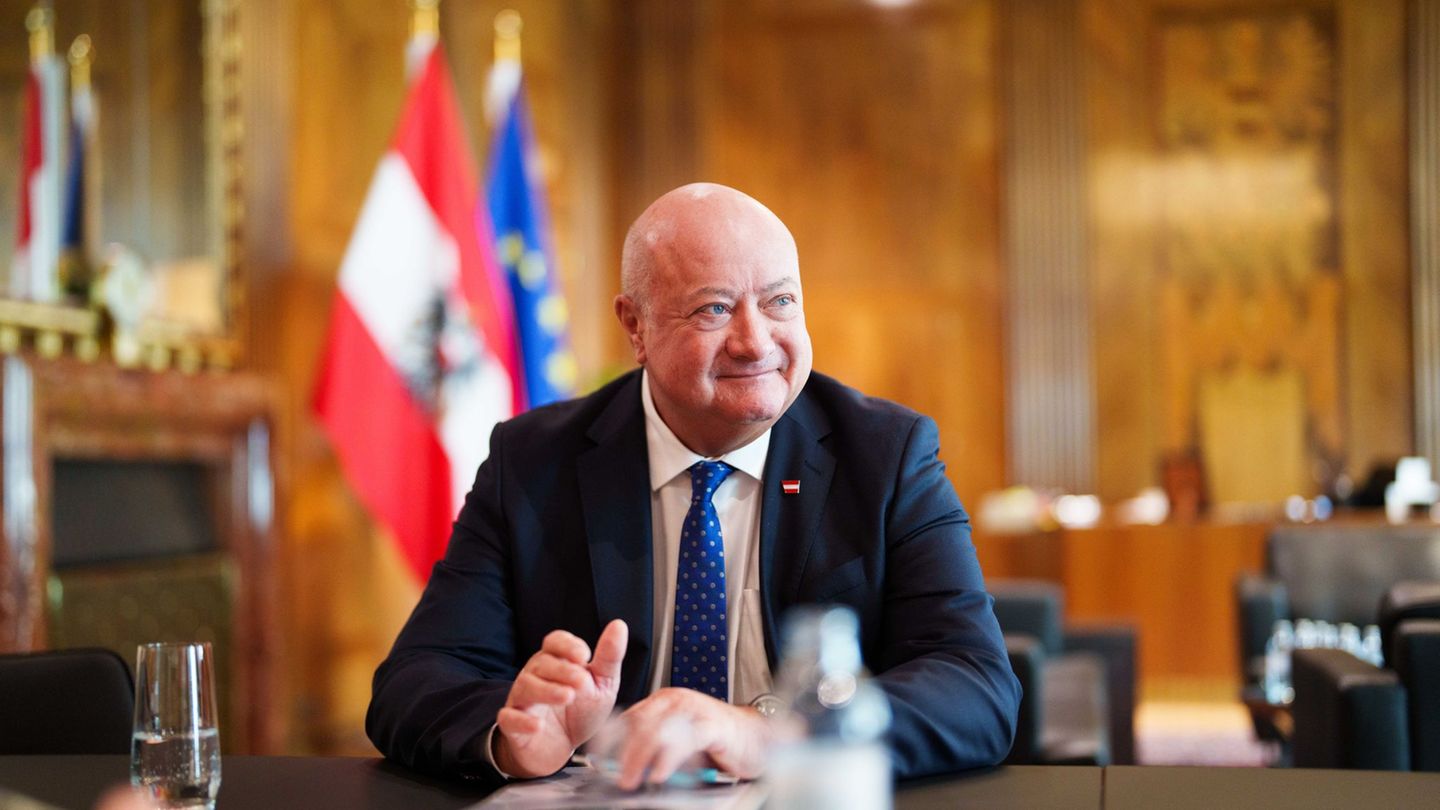In this context, Joel Lupieri economist consulted by Ambit points out that there are at least three factors that should be closely monitored in the coming weeks:
- The fire power of the BCRA, adding to the interventions that the FGS can make with its bond portfolio.
- Potential interventions or operations in the “city” of Buenos Aires, as well as measures that discourage the so-called “cueveros”
- New announcements: whether they are related to the operation of the dollar (stock market, official or cable), as well as tax plans that provide greater predictability to both local and foreign investors.
the economist Natalia Motyl, For his part, he added that today “there are external and local factors that are conjugating the internal dynamics of the markets: what is happening in Brazil, which is going through an institutional crisis with a divided Congress, the decision of the FED, what impact can it have in emerging markets and the looming recession in China and the USA in the next 4 months. In the premises, Argentina’s monetary and fiscal policy, inflation data, surveys, whether the government transition is going to be smooth or not, and the drought in the countryside.
All of the economists consulted by this means agree that the blue and the financials will continue with an upward trend in the coming weeks. “All dollars follow the Qatar dollar. There is a matter of expectations. If investors believe that the fundamentals are enough to believe that the dollar is cheap, they will demand more foreign currency assets. The MEP was well below its value and corrected upwards. In the coming weeks they will all be pivoting around $380”, said the economist Motyl.
Does the blue go down and the MEP go up?
The Economist fabio rodriguez Consulted by this means, he analyzed the dynamics of the blue and the MEP: “I see an upward trend in financials to accommodate a higher real value, since they were late. With an excess of pesos (where the issuance to buy debt and to pay leliq interest remains strong) and highly pressured reserves (due to low supply and pressure from demand), the trend of financial exchange rates and the gap is upward, regardless of the value of the blue As the year progresses and electoral uncertainty gains strength, this upward pressure will increase. Apart from this dynamic today the CCL and MEP are low in real terms”.
In turn, he affirmed that a Qatari dollar close to $380, “presses the demand of other segments and leaves a systematic gap above 100% with the wholesaler.”
Meanwhile, Joel Lupieri added that “in general terms there are no grounds for expecting the blue dollar to fall anytime soon. Until now the authorities have not given a strong message that seeks to appease the investor appetite for the parallel, probably fueled by tourist demand. In this sense, it sounds reasonable to infer that by the time the holidays pass, the blue will probably “deflate” a bit.
Regarding the MEP, he stated that compared to the rest of the prices “it seems to show some delay”. “Today the MEP stands at a little more than 70% increase in the last year, which sounds in relative terms as “quite little”, asserted.
“All in all, it seems sensible to perhaps think of a higher MEP dollar, and a slightly lower Blue, with the tips approaching an intermediate price”he concluded.
What is the Central Bank’s strategy to calm the financiers?
In recent weeks, operators have been observing certain interventions by the Central Bank at the close of business to appease financiers and limit the jump in the blue. “There is an active participation of the FGS in the stock market. The participation of this government agent tends to lower the implicit price of the stock exchange rate”, reaffirmed Joel Lupieri.
In the same order, Motyl pointed out that the decision to keep the interest rate stable anticipates a “moderate monetary policy”. “So far in January, the Central Bank slowed down the rate of depreciation of the official exchange rate to 5.1% per month, something that usually happens in electoral years. In that order, Motyl affirms that it is likely that in March “again raise the crawling peg rate to 6/7% depending on the pressures of the exchange market. The lack of dollars also anticipates, in a context of drought and stabilization of commodity prices, greater exchange restrictions and new differential exchange rates . They will continue to delay the TC as long as they can and the reserves of the Central will allow it ”.
Source: Ambito
I am a 24-year-old writer and journalist who has been working in the news industry for the past two years. I write primarily about market news, so if you’re looking for insights into what’s going on in the stock market or economic indicators, you’ve come to the right place. I also dabble in writing articles on lifestyle trends and pop culture news.




